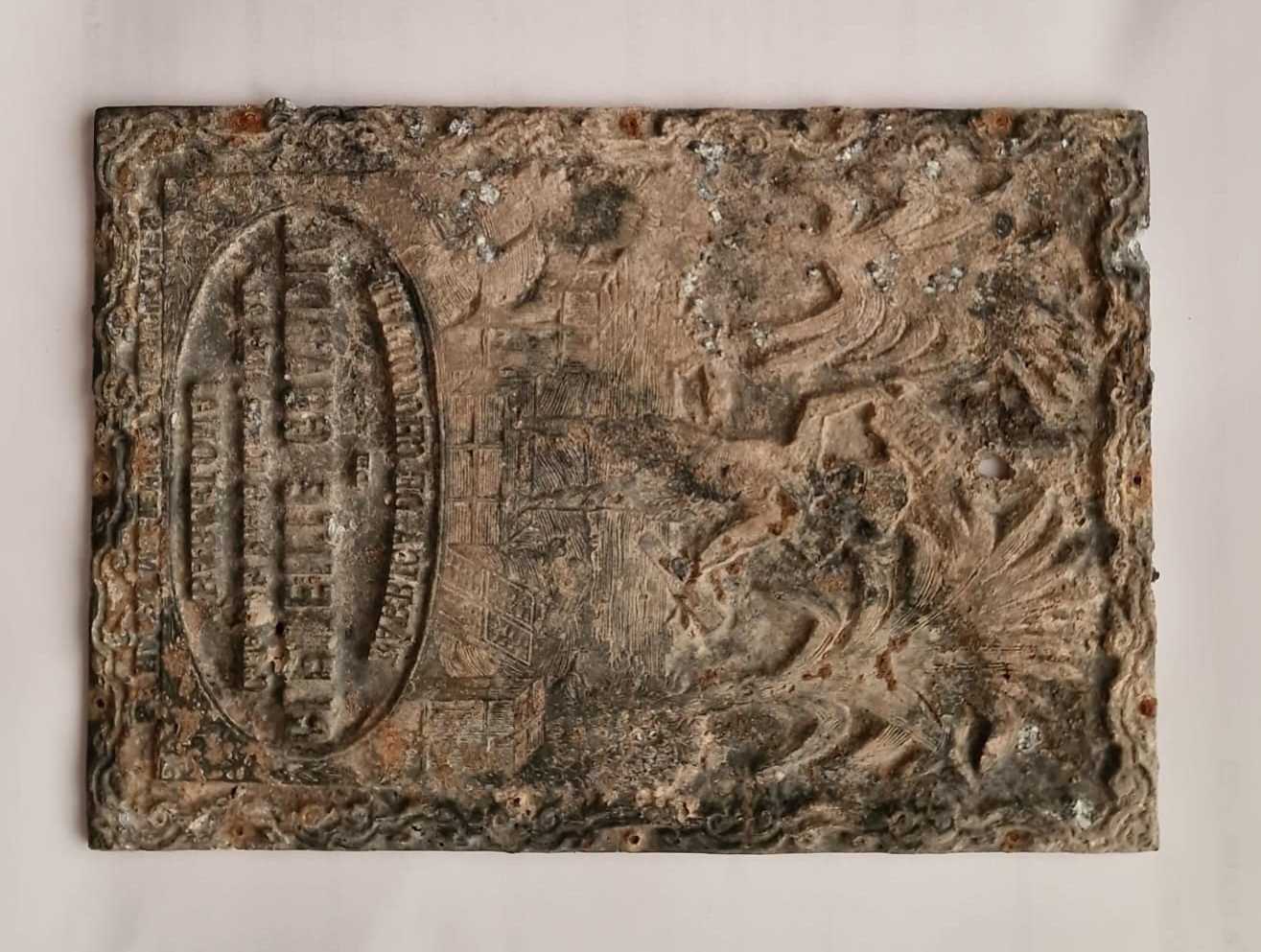
A remains of a 19th-century chocolate factory uncovered in the heart of Barcelona, Spain, could offer fresh insight into the city’s industrial heyday.
The structure was discovered during the renovation of a four-story building in the Cuitat Vella, or Old City, before the Archaeological Service of Barcelona intervened to excavate the site. Investigations revealed an architectural matryoshka about 600-years-old. Some walls with stylistic elements such as arches and doors indicated that the structure was originally a 14th-century Gothic mansion. According to archived documents, the home was once owned by the Barcelona charity known as the Pia Almoina.
An aerial view of the structure. Photo: Archaeology Service of Barcelona.
Further tracing its history, archaeologists found the home was later converted into a hostel, the Hostal de Santa Pere, in the 15th century, which operated until then-owner, Pere Joan Grimosachs, decided to renovate the building in the 16th century. After its remodeling, the property was then split in three at the turn of the 18th century. Over the next century, part of the former mansion was converted into the newly unearthed chocolate factory.
Storage vessels found on the site of the 19th-century chocolate factory. Photo: Archaeology Service of Barcelona.
Spain’s first international World’s Fair in 1888 listed the workshop as Guardia Clemente, known for its chocolates and pastillage. By the 19th century, the chocolaterie was celebrated as one of the grandest in Barcelona, selling its wares across the Spanish empire’s territories. An advertisement for the factory was found in an edition of La Vanguardia newspaper dating back to 1824; it listed vanilla and stone chocolate among its specialties.
A lead plate found on the site of the 19th-century chocolate factory. Photo: Archaeology Service of Barcelona.
The excavation, undertaken as a collaboration between the Barcelona City Council and the Archaeological Service of Barcelona, also located several artifacts within the dig site, including large tongs and lead plates used to label chocolate. Other objects include storage vessels, which will undergo bio-archaeological analysis for dating and determining their contents.